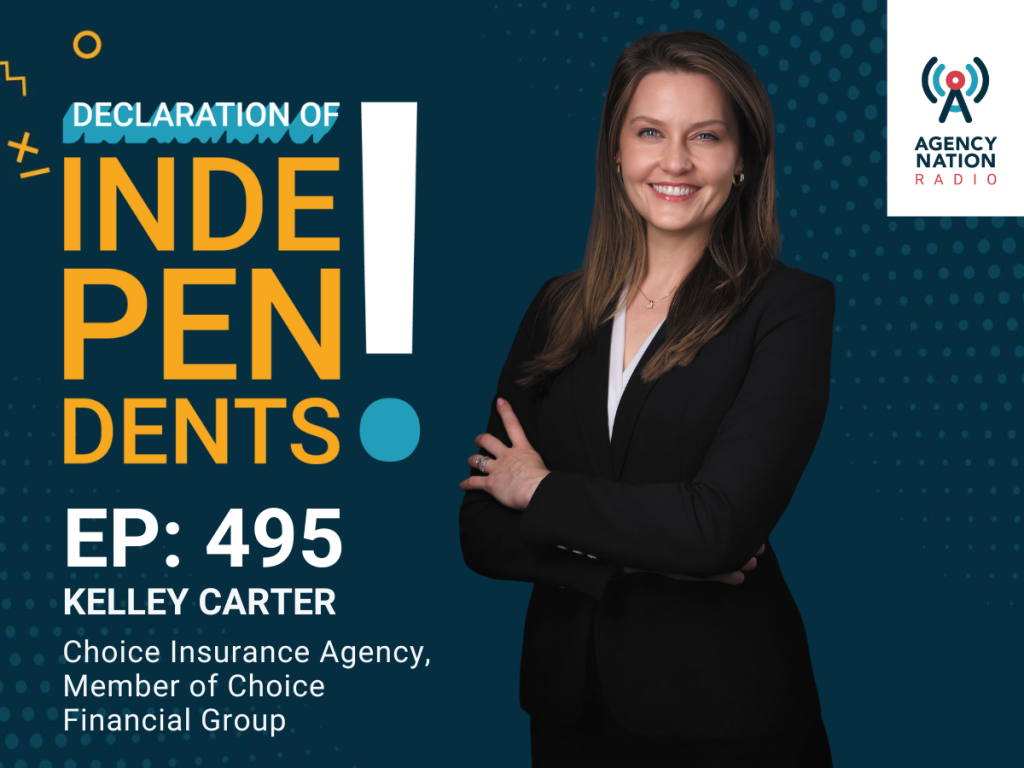Create an E&O Culture at Your Agency

By: Jim Redeker
Early in my career, I was assigned a multi-million dollar claim that was in suit for 10 years and included two jury trials, two trips to the court of appeals and one to the state supreme court before our insured was finally vindicated.
As the ink was drying on the final judgment in his favor, the agency owner hired his defense attorney as in-house counsel and assigned him the task of training the agency’s staff and reviewing agency procedures to prevent future E&O claims.
I would love to see every agency owner hire a winning trial lawyer with E&O experience as in-house counsel, but I recognize that’s not possible. Here are a few feasible steps agency owners can take to lessen their E&O exposure.
Checklists. Using checklists helps make sure agents don’t forget something when reviewing coverage with a customer. It also gives the customer something to read regarding available coverages and a place to initial coverages both accepted and rejected. Checklists help the agency produce a thorough proposal, accurately reflect what coverages the customer does and does not want, and may lead to increased sales.
If you’re looking to implement checklists at your agency, look no further than the Big I Advantage® Virtual Risk Consultant (VRC), powered by Rough Notes. A VRC subscription gives you access to more than 700 coverage checklists from different industries, as well as many other risk exposure assessment tools.
Expectations. Be mindful of the connection between marketing and client expectations. Insurance agents are professionals who are well versed on the products they sell, but they are also salespeople who are often willing to go—or at least promise to go—the extra mile for their customers in order to make a sale. Unfortunately, agency employees sometimes make promises they can’t keep.
To be clear: There’s no problem with promoting your products and abilities, as long as you watch what you’re saying and can deliver as promised. The law typically sets very manageable expectations for your professional conduct, but by over-promising, you effectively raise the bar on what you are required to deliver.
In a claim against your agency, clients will likely use overstatements regarding your ability or your level of service, so before you make a promise or representation, ask yourself: “Could I sit in a trial, face my client and defend this statement under oath?”
Documentation. This is your best defense in an E&O claim. Consider “good,” “better” and “best” documentation:
- Good: a note made in the agency system outlining what the agent offered to the client, as well as what they accepted and rejected
- Better: a letter or email to the customer memorializing what the agent proposed, as well as what the client accepted and rejected
- Best: signed rejection of coverage or increased limits
In a recent claim, we faced an agency client with a badly injured employee. The client sued the agency, alleging it should have sold them workers compensation insurance. Our insured had a signed rejection form confirming that the customer did not wish to purchase workers compensation coverage.
The client then had to change their allegation against the agency and claim that the agency did not explain workers compensation coverage was required by law. Because “inadequate explanation of coverage” is not as strong an argument as “failure to recommend coverage,” the claim settled for a fraction of the employee’s damages. Better still, the written documentation that the agency offered workers compensation coverage to the client and they rejected it triggered our deductible reduction endorsement was triggered, reducing the amount of the agency’s deductible by 50%.
Most agencies can’t afford to keep an ace trial lawyer on staff to watch their every step. But it’s possible for your agency to create an E&O culture on its own—which just might increase the efficiency of your operation.
Jim Redeker is vice president and claims manager at Swiss Re Corporate Solutions and works out of the office in Overland Park, Kansas. Insurance products underwritten by Westport Insurance Corporation, Overland Park, Kansas, a member of Swiss Re Corporate Solutions.










